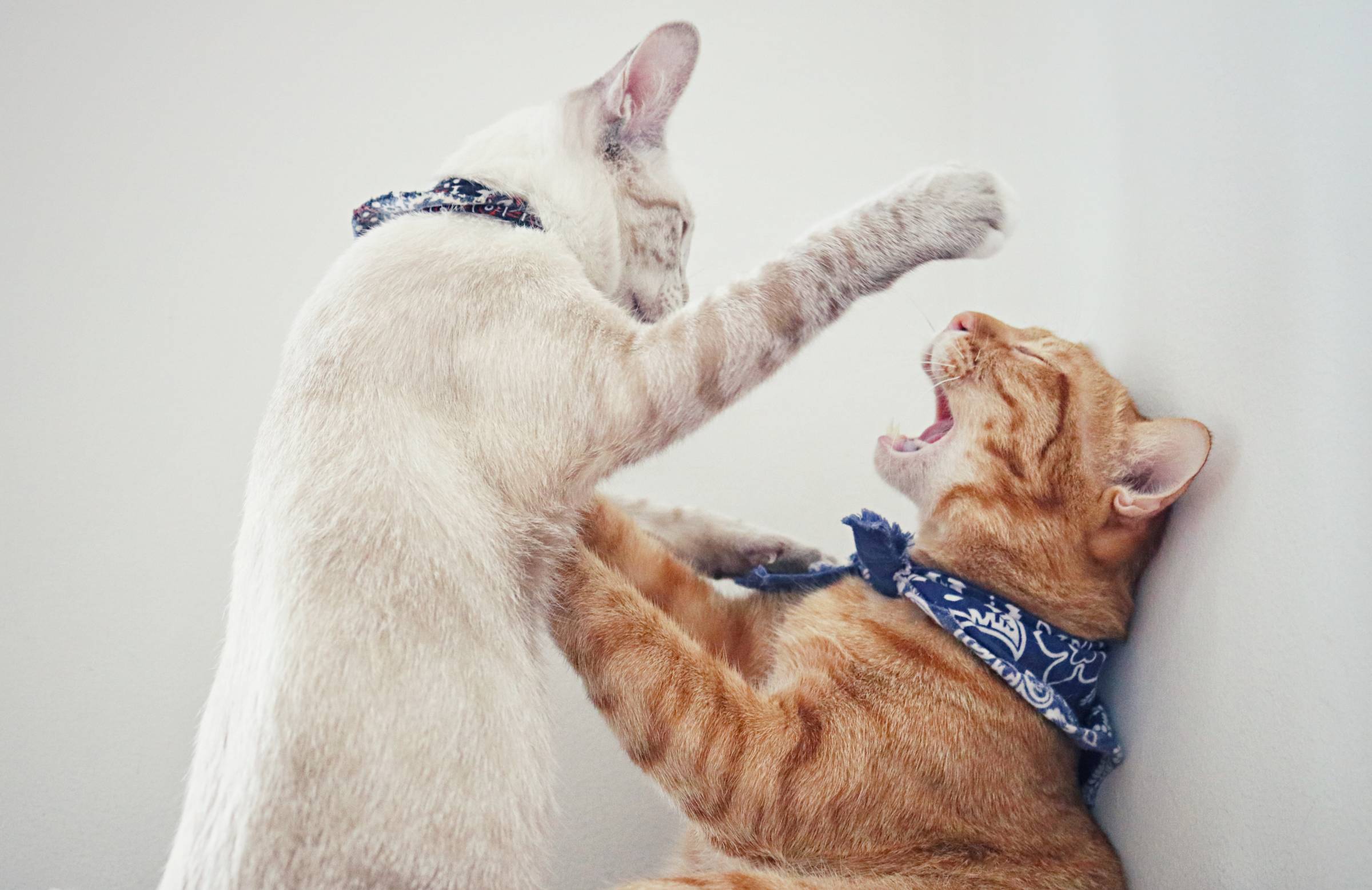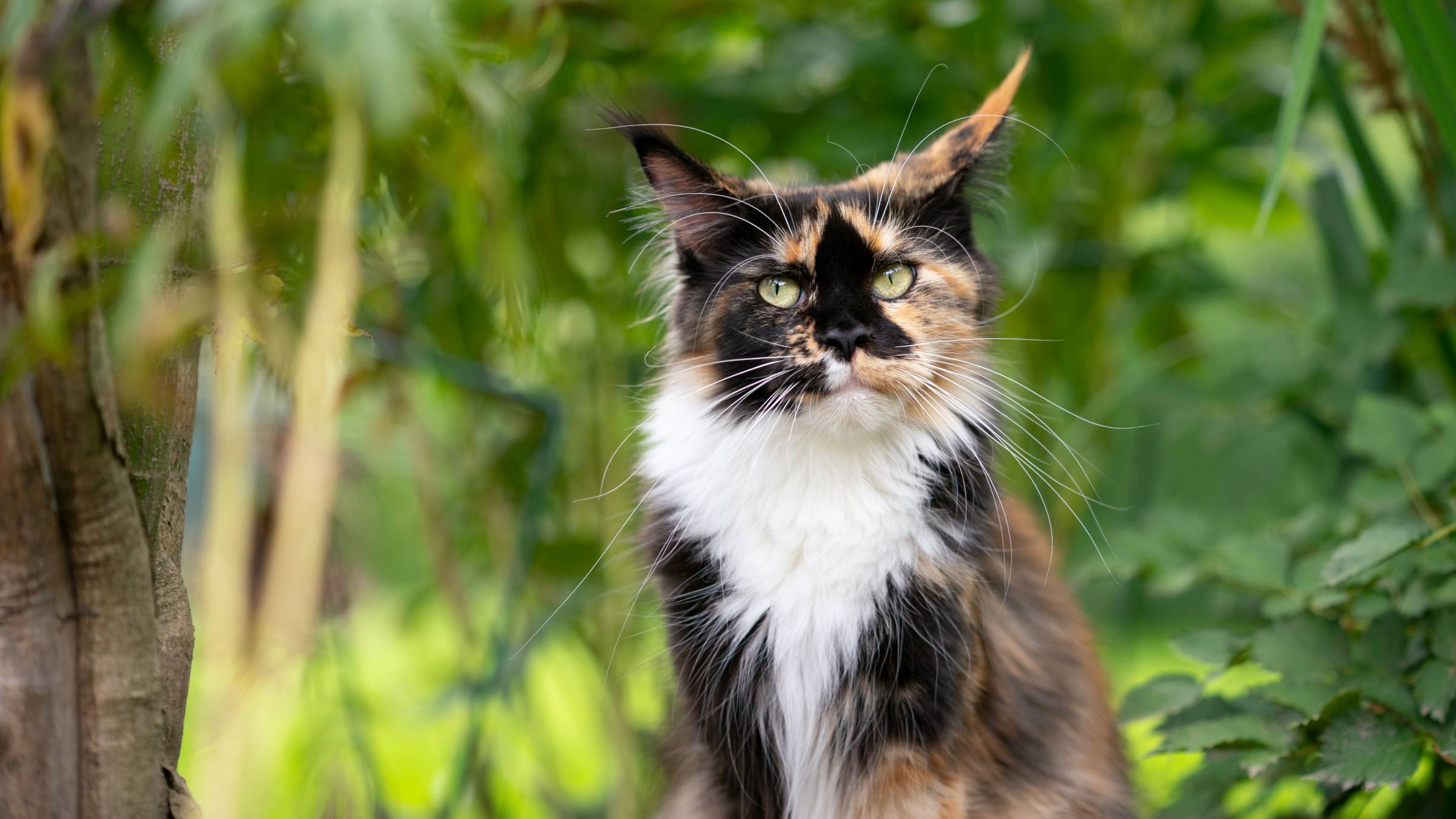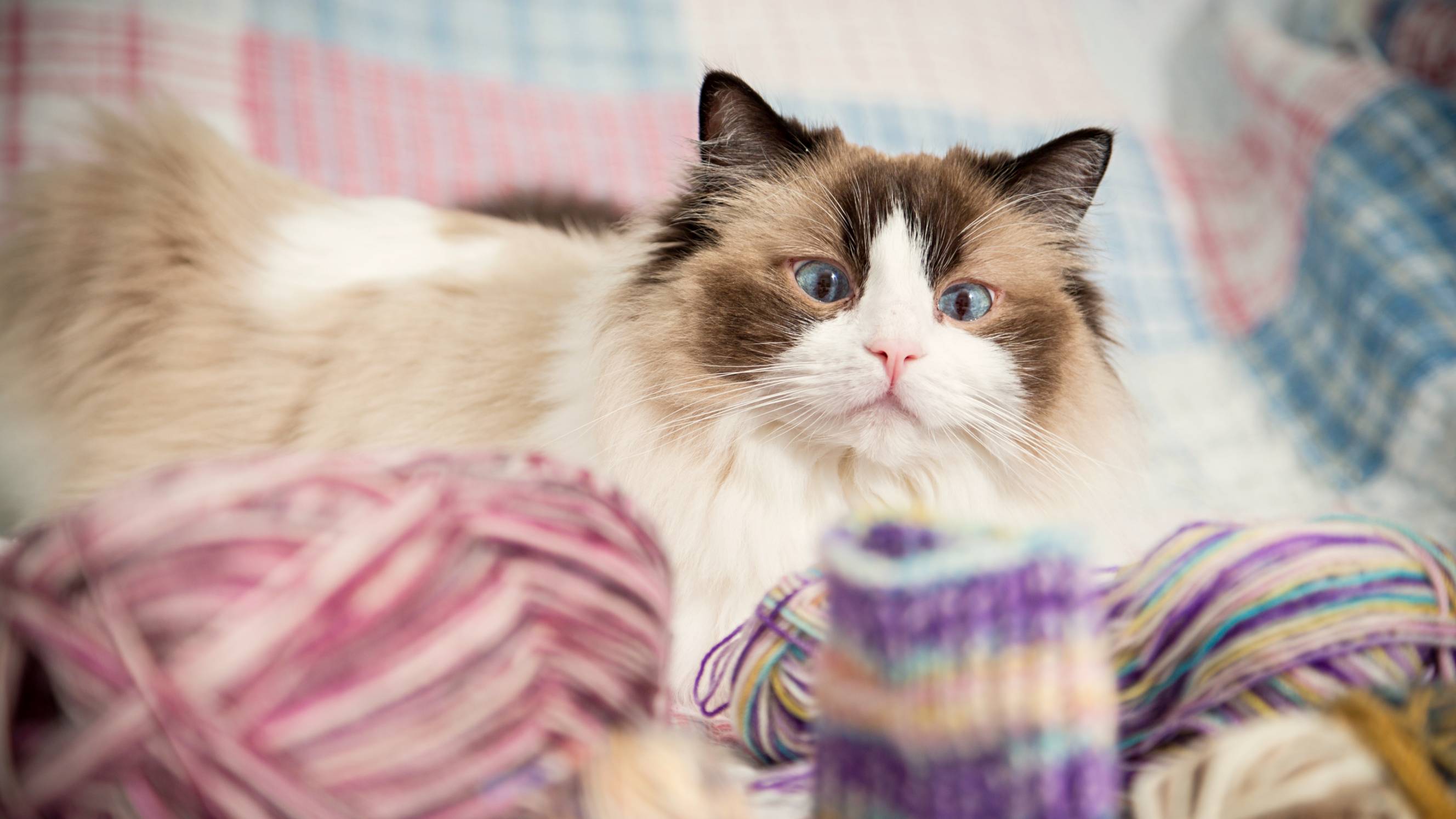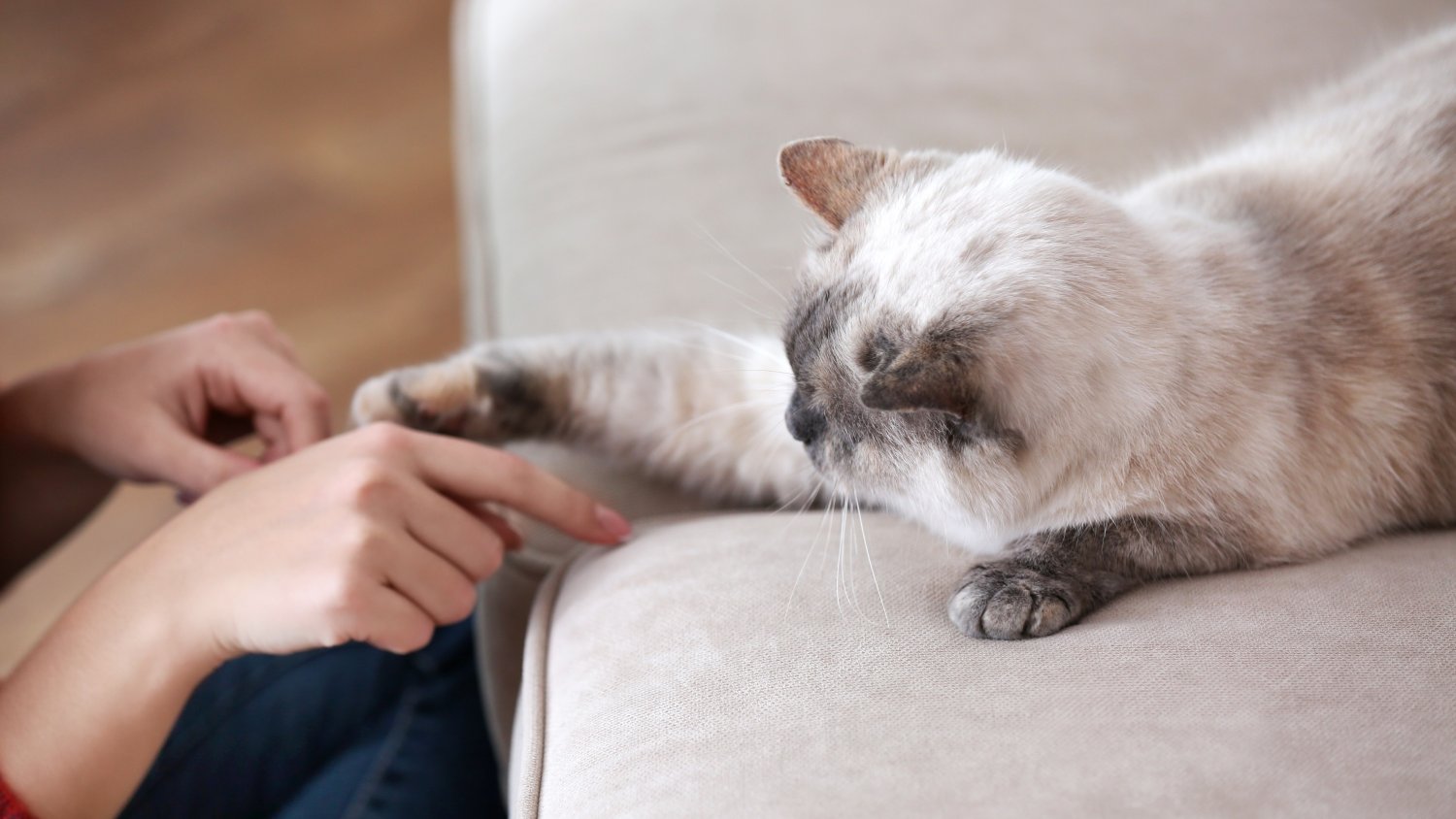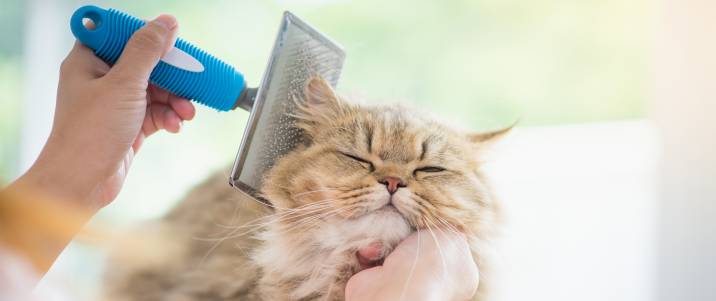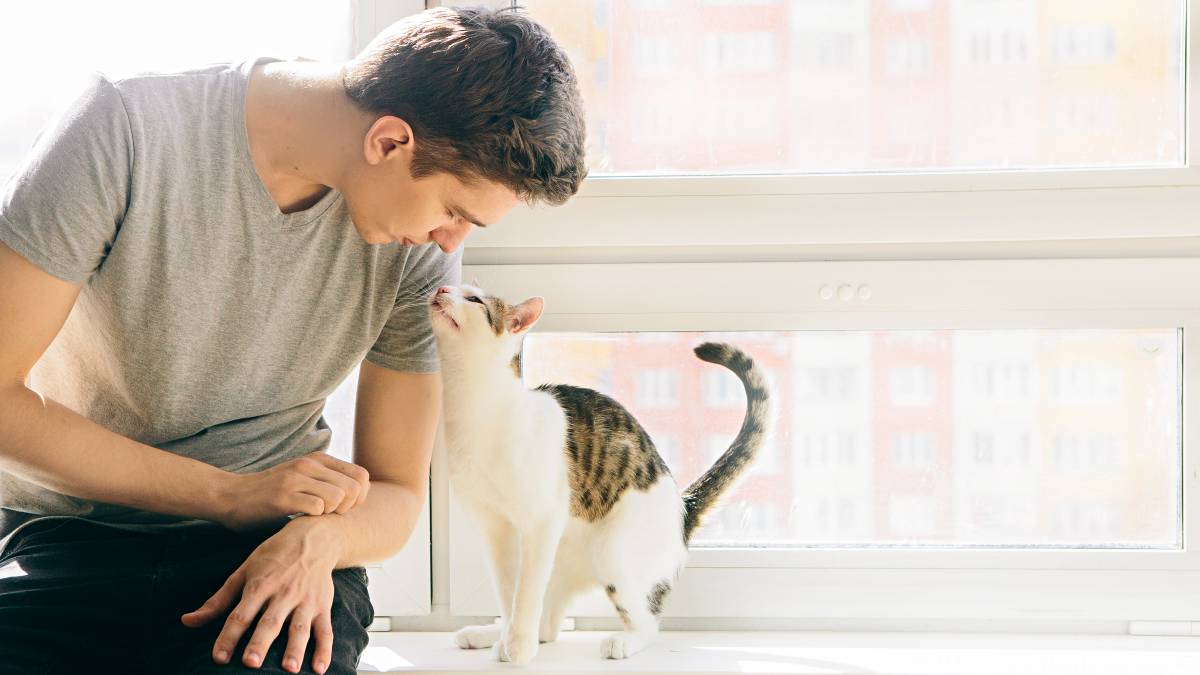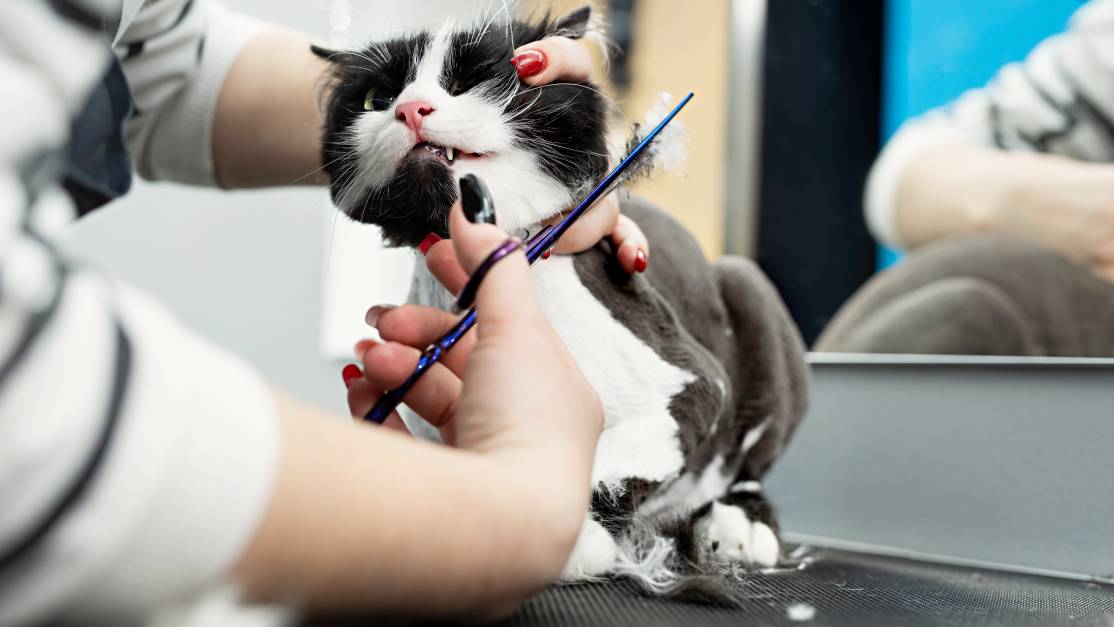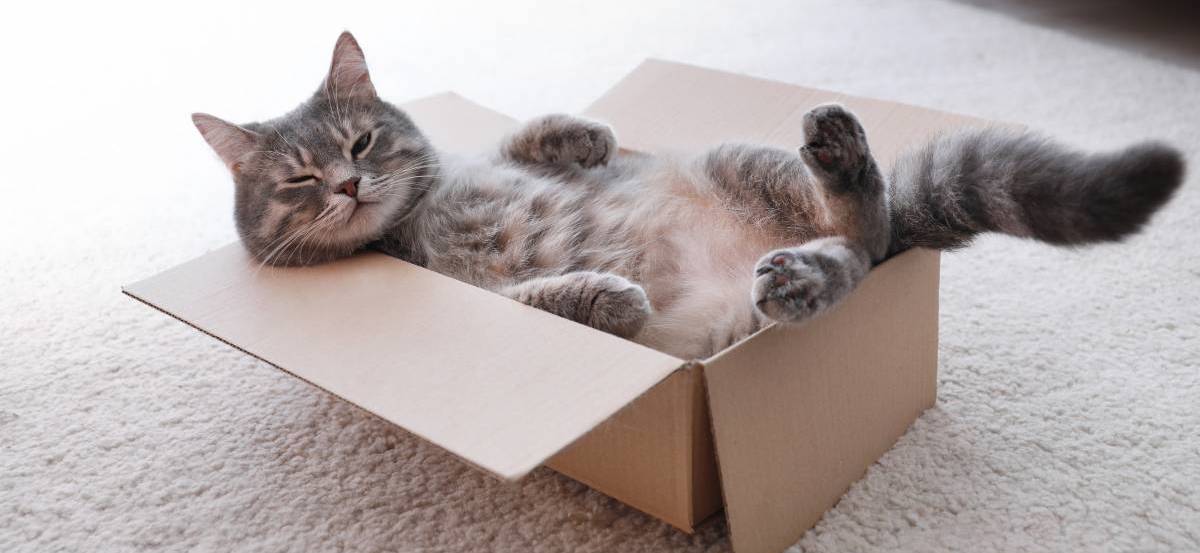
Cat care 101: Basic grooming and training tips
Learn how to keep your cat healthy and happy – including cat grooming tips, cat training ideas, and more.
Get help with cat careLast Updated on
We know how important it is to make cat care resources readily available to furparents who want what’s best for their pets. Aside from feeding, cat care also involves grooming, bathing, and house training.
You can find everything you need to know about proper cat care in this guide – whether you’re a new cat owner or you’ve been living with a cat for years now, and you want to be a better carer.
Cat grooming
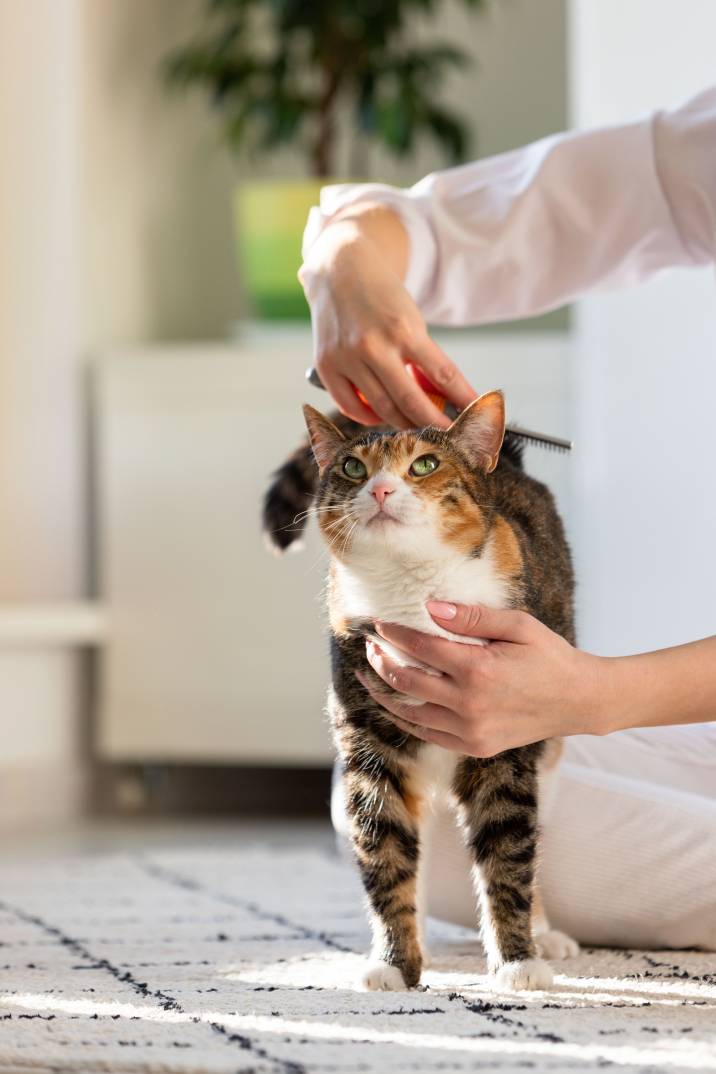
Cats, whether male or female, constantly groom themselves, but you still have to lend a helping hand (and a brush!) to ensure your furbaby maintains healthy skin and a matt-free coat. If you’re unsure how to tackle this task, read on for basic cat grooming tips.
1. Grooming your cat at home
Cat grooming may be intimidating at first, but once you get to know the basics and groom your cat regularly, you’ll get the hang of it. The grooming process includes brushing, dematting or fur trimming, bathing, drying, and nail clipping.
Here are general tips for grooming your cat at home:
Thorough cat grooming should occur every 4-6 weeks or when your cat’s coat is oily, sticky, or smells unpleasant.
Put your cat in a relaxed mood before grooming; Try grooming your cat when they are sleepy or after they've had a good night’s sleep.
Prepare treats for your cat to reward them after a successful session. Cuddles are welcome, too!
Use styptic powder as your catto’s first aid for bleeding in case of accidents.
Many grooming steps can be done by yourself. But you should hire a professional cat groomer when your cat has nasty knots and tangles, fur discolouration, and any other unwanted skin conditions.
Learn more tips on how to groom your cat at home |
2. Long-haired cat grooming
Not all cats require the same level of grooming; Some cats require more care and specialised techniques. If you have a long-haired cat, here are things to consider:
Since the process is more extensive, expect grooming time to last up to half a day.
Invest in good quality shampoo suitable for a long-haired cat.
You will need special tools to brush your long-haired cat’s coat (e.g., a wire brush or undercoat comb)
Your long-haired cat is more prone to matting, so daily brushing is a must.
Check out this step-by-guide on how to groom a long-haired cat |
3. How do you groom an anxious cat?
Does your feline friend get extra jittery whenever you groom them? Suppose you can’t put your cat in a relaxed state despite timing the session well and showering them with treats and scratches. Perhaps a few handy tools, such as a grooming bag and vet-approved cat sedatives, can help ease their anxiety.
| Get an overview of cat grooming tools for anxious cats |
4. Hiring a professional cat groomer: When and why?
While DIY cat grooming is possible, you should hire an experienced cat groomer for delicate tasks like clipping and shaving your cat’s fur. Book a grooming session if your cat is suffering from any of the following:
Terrible matting
Unpleasant fur smell
Fur discolouration
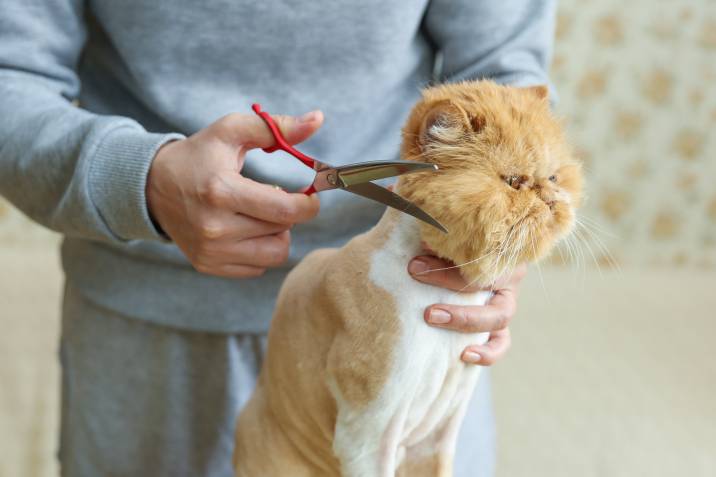
Here are some reasons why it’s essential to hire an expert to get the job done:
Cat groomers know what they’re doing. They know techniques to earn your cat’s trust and keep your cat comfortable and safe throughout the grooming process.
Cat groomers are armed with the right tools and equipment. Groomers have invested in the proper cat grooming equipment, including specialised tools.
Cat groomers offer convenience. Just set a time and a place for your cat grooming appointment. Local cat grooming services are excellent for busy and on-the-go pet owners.
Cat groomers can freshen up your pet’s look. Your groomer can decide on the best haircut for your cat, depending on your pet’s needs. There are many popular cat haircuts you can ask your groomer about.
| Get inspiration from these 5 useful cat grooming styles |
5. Cat grooming costs
In Australia, the average price for basic cat grooming services cost around $70-$120.
Many factors affect the final cost of cat grooming services. In general, senior cats with poorly-maintained fur or medical conditions may call for higher rates. Meanwhile, grooming small cats can cost less than large or long-haired cats.
House training your cat
While cats are generally known to look after themselves, it’s essential to house train or litter train your cat. This is a necessary process, especially when you adopt a stray cat.
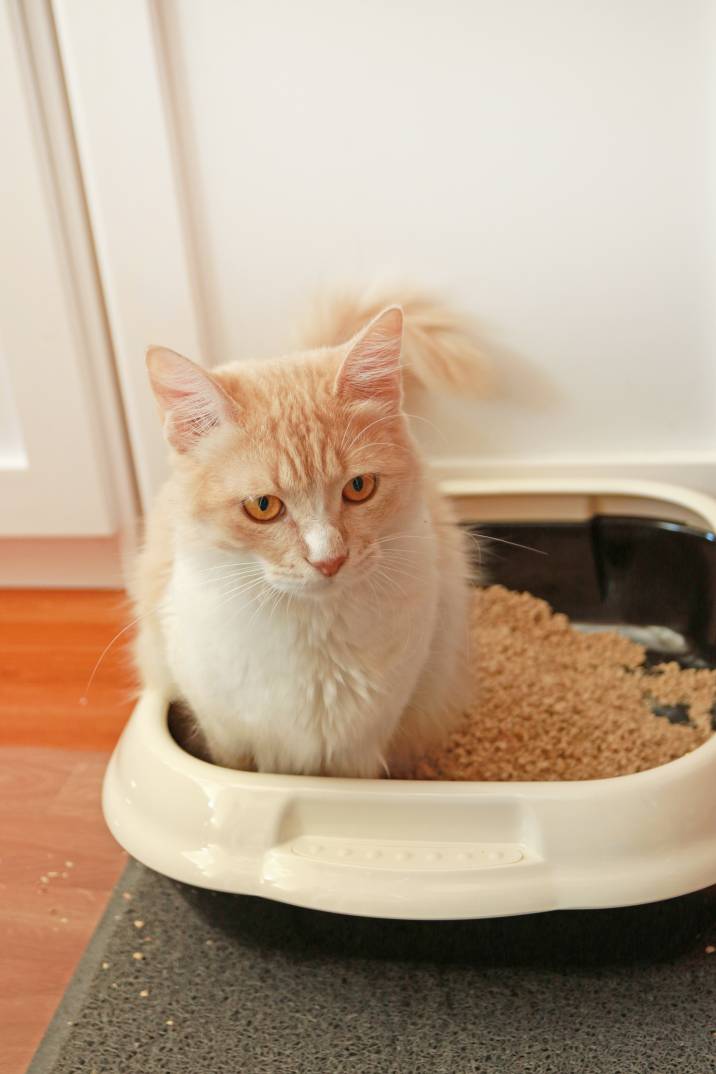
Take note of the following tips and considerations when house training a cat:
Pick a spacious litter box for maximum comfort. For kitties and senior cats, get a box with low sides for easy access.
Clumping litter makes burying excrement easier.
Avoid scented litter as this may cause allergies to your cat.
Keep the litter box clean, so your cat won’t be discouraged to go back to it.
If you own multiple cats, you can get at least one litter box for each of them, so they’ll have their own space for elimination.
Skilled cat trainers know all the steps to house training a cat. What’s more, a cat trainer can guide you in curbing your cat’s undesirable behaviours, such as scratching the furniture.
How to stop your cat from scratching the furniture
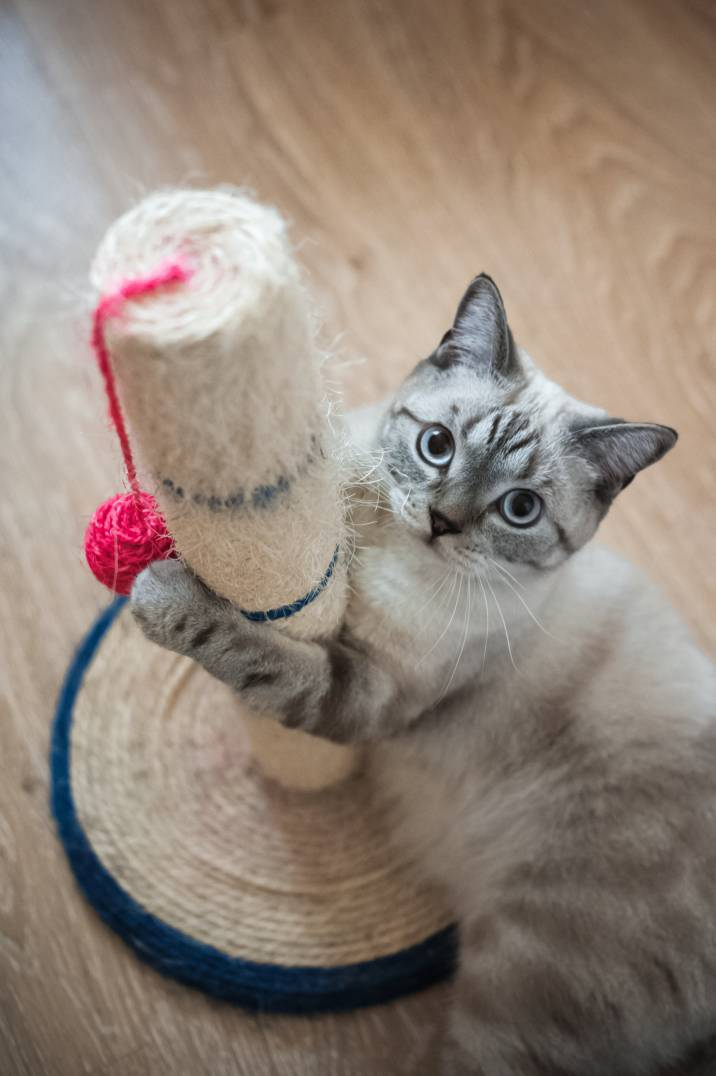
Felines love to scratch furniture for claw and stress relief. Here are some ideas on how to manage this instinct:
Buy a scratching post tall and sturdy enough to bear your cat’s weight.
Schedule regular playtime with your cat.
When you catch your cat scratching the furniture, distract them with a toy or by calling them away.
Get a more in-depth look into how to stop your cat from scratching your furniture |
Caring for an indoor cat
Cats are naturally playful and curious creatures. Their instinct pushes them to hunt. Hence, they love going outside. But as a pet owner, you’d love to keep them within the house where they are guaranteed to be safe from danger.
So, how do you keep your cat stimulated indoors? These tips will help lessen your pet’s urge to venture beyond the four walls of your home:
Build a lifestyle for them inside the house as early as you can. Kittens that grow up to be indoor cats are most likely to stay that way.
Construct a “catio” or a screened porch in a cat-proofed yard to give them a taste of the outside world.
Use indoor pots to plant cat grass.
Allot spaces where your cat can climb (e.g. build a cat shelf).
Your feline deserves the best of cat care.
When you give your furbaby tender loving care, you can expect them to be an equally tender and loving cat! The fact that you’re here, reading this guide to cat care, says you’re ready to shower your pet with love.
Take grooming and training one step at a time, and remember always to be armed with patience, treats, and cuddles. If cat care gets too much to handle, there are cat care specialists ready to help you out.
Related articles
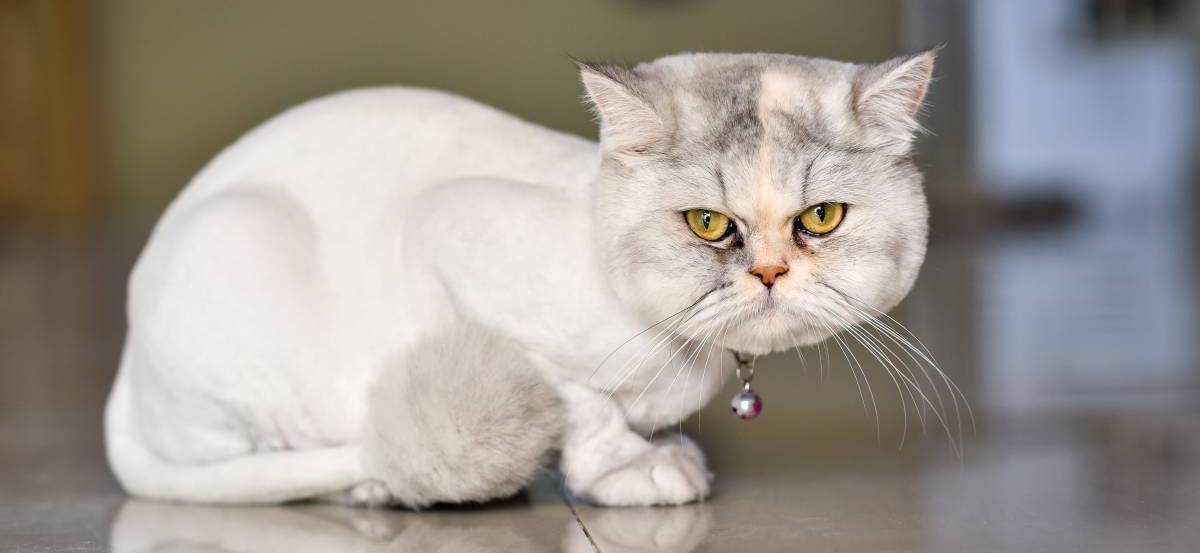
5 Useful cat grooming styles
Read more
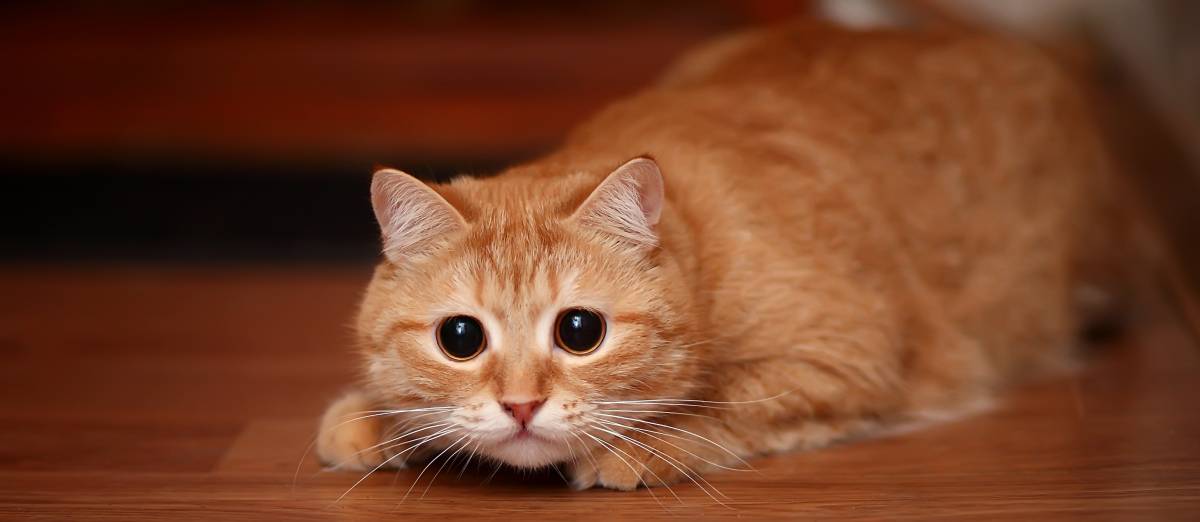
Grooming tools for anxious cats
Read more
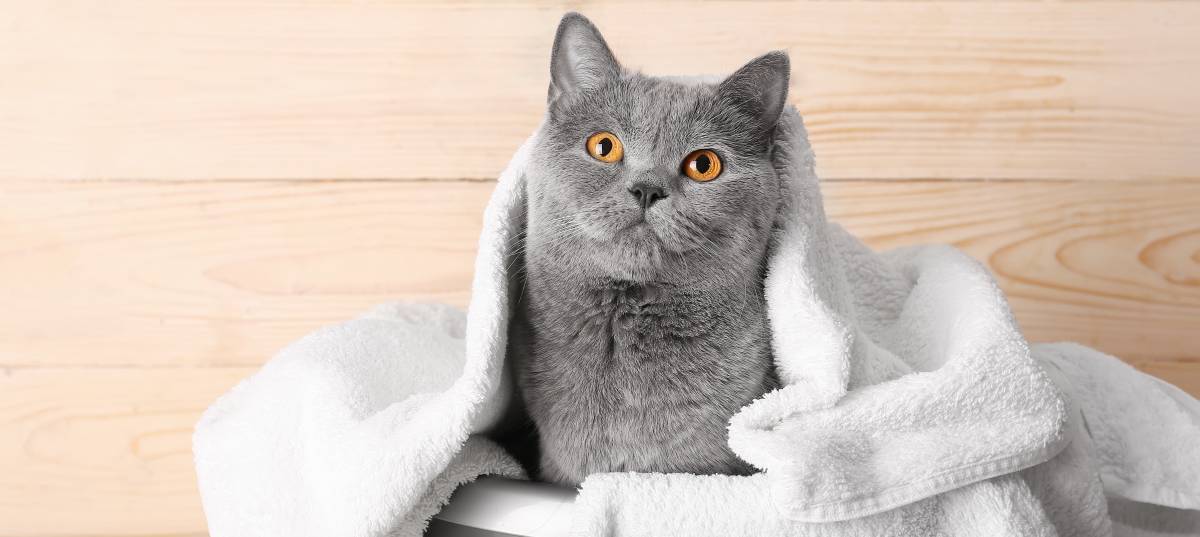
How to groom a cat at home
Read more
Related price guides

